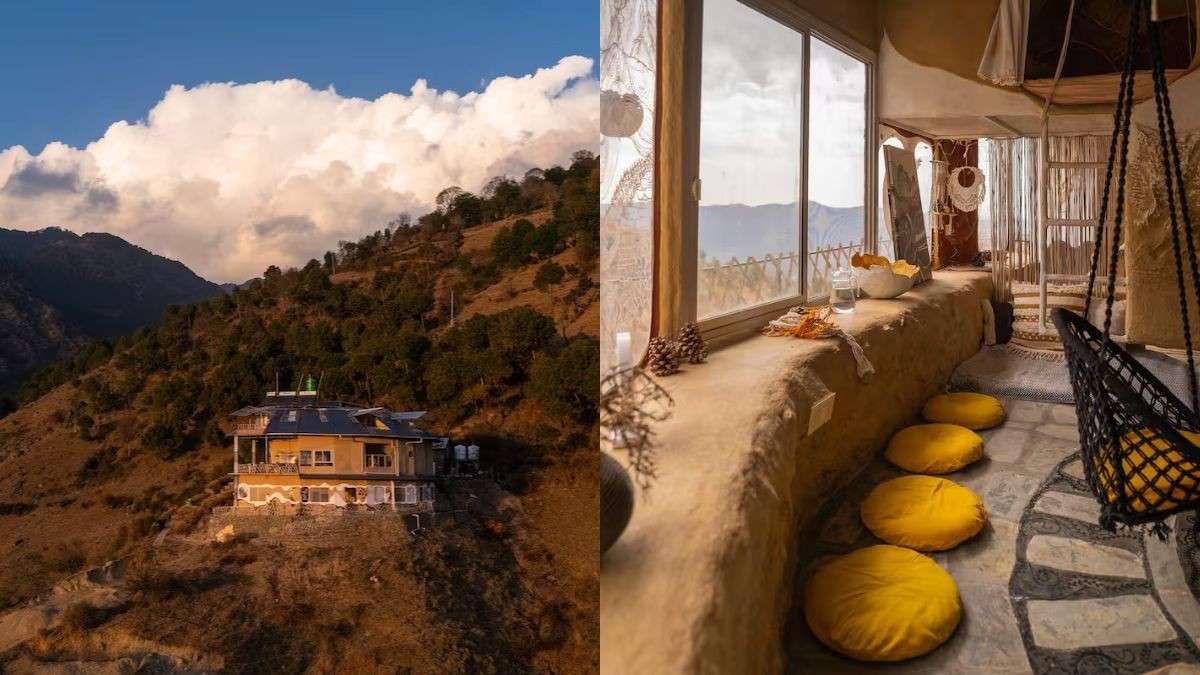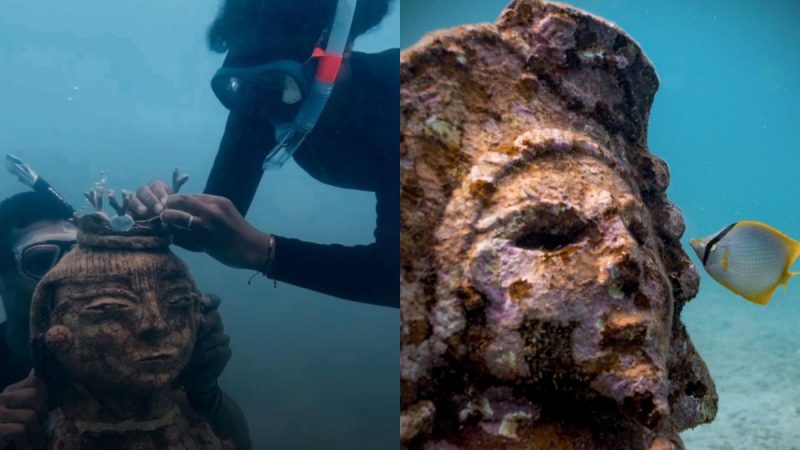There is an innovative sculpture gallery on Isla Fuerte located off the Caribbean coast of Colombia. The island known for its stunning natural beauty and vibrant culture has gained attention for its innovative sculpture gallery.
The Sculpture Gallery In Isla Fuerte
View this post on Instagram
The innovative sculpture gallery on Isla Fuerte, Colombia, has taken an extraordinary approach by incorporating an underwater component designed to provide homes for corals. This unique initiative combines art, marine conservation, and environmental sustainability. The 25 sculptures that Hugo Osorio and Pedro Fuentes have so far produced create an artificial reef-like structure in the azure waters surrounding the idyllic Isla Fuerte. They are dispersed across the seafloor at a depth of roughly six meters. They stand 1.5 meters (almost five feet) tall and draw predominantly fish but also divers.
The statues have been there since 2018 as part of the MUSZIF program. Started by Tatiana Orrego, a fashion designer and island inhabitant, the gallery aims to protect and enhance coral life. The clay sculptures are the best medium for the marine invertebrates to grow on. Sculptures are often made from natural or recycled materials, emphasising sustainability and environmental consciousness. The Isla Fuerte exhibit attracts approximately 2,000 human visitors each year. It provides an alternative space to take tourists without overloading the natural reefs.
Also Read: What Is Sea Walking, The New Underwater Activity For Non-Swimmers In Andamans?
Coral Bleaching Around
View this post on Instagram
According to the US National Oceanic and Atmospheric Administration (NOAA), a huge coral bleaching incident has occurred in both the northern and southern hemispheres since the beginning of the year. This is the fourth such worldwide occurrence on record and the second in ten years. Elevated sea temperatures are the most common cause of coral bleaching. Even a rise of 1°C (1.8°F) can lead to bleaching if sustained over several weeks. These disasters cause corals to die, harming ecosystems, tourism, and food security.
Colombia’s corals cover an area comparable to 100,000 football fields, but more than two-thirds have already bleached, according to the environment ministry. Other issues include reef degradation caused directly by divers and tourists. Tourists have been known to rip off chunks of coral and bring them to the surface. While others have damaged the formations by walking on them.
Efforts like coral gardening and artificial reefs can help restore damaged reefs.
Cover image credits: Instagram/Museo submarino Zenú IF
First Published: June 06, 2024 3:23 PM




